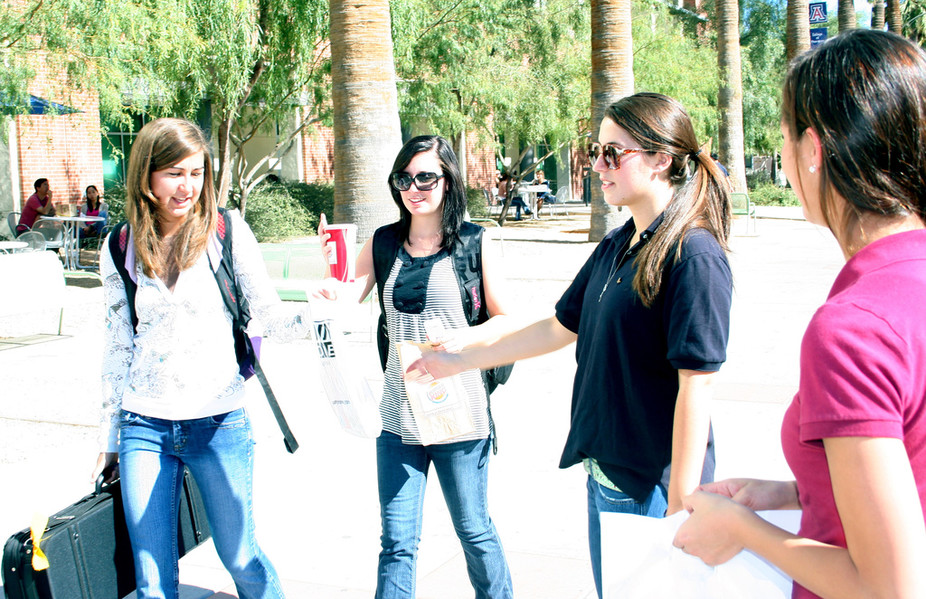Are you looking for strategies that help your students improve their sense of direction? If so, keep reading.
1. Teach “north,” “south,” “east,” and “west” using the classroom, playground, school building, etc.
2. Utilize concrete examples when teaching ideas of up-down,” “high-low,” “above-below,” etc. Utilize books, balls, regular classroom learning materials, etc., when trying to express these ideas.
3. Utilize the terms “right” and “left” as part of the instructions you give to the student (e.g., refer to the windows on the left side of the room, the smartboard on the right side of the room, etc.).
4. Find instructions in the classroom with signs (e.g., on the ceiling put “up,” on the floor put ”down,” etc.).
5. Get the student to practice following instructions on paper. Train the student to make a mark or image on the right, left, middle, top, and bottom portions of the paper according to the instructions given.
6. Refrain from the problem of mirror images by standing next to the student when giving “right” and “left” instructions.
7. Develop an obstacle course using learning materials in the room. Learners can step “into” the box, crawl “over” the desk, walk “under” the coat rack, stand “on” the table, etc.
8. Post directional signs in the room (e.g., “turn left,” “games under cabinet,” etc.).
9. Play Simon Says for practice with instructions (e.g., “Raise your left hand.” “Walk behind the chair.” etc.).
10. Organize scavenger hunts. Get the student to look for a pencil in the desk, a book under the table, a glass on the chair, etc.
11. Get the student to sort left and right gloves, shoes, paper hand and foot cutouts, etc.
12. Daily, examine the ideas of directionality.
13. Tag strips of paper left and right and attach them around the student’s wrists.
14. Get the student to practice walking forward and backward, moving toy cars and trucks forward and backward, etc.
15. Get the student to find objects that move up and down (e.g., airplanes, teeter-totter, etc.).
16. Highlight doors that are tagged “push” and “pull” and learning activities that require pushing and pulling (e.g., opening drawers, opening doors, etc.).
17. Utilize concrete examples and experiences in teaching directionality (e.g., “east-west” signs on the wall, “left-tight” armbands, etc.).
18. Find objects that represent “over” and “under” (e.g., a bridge is “over” water, people sleep “under” covers, birds fly “over” our heads, rugs are “under” our feet, etc.).
19. Teach the concept of above and below with examples in the classroom (e.g., the ceiling is “above” our heads and the floor “below” our feet, etc.).
20. Get the student to find things that represent the concept of” “”on” and “out” (e.g., we pour milk “in” a glass and pour it “out,” we walk “in” a room and walk “out, etc.).
21. Place emphasis on learning activities that require the action of “off’ and “on” (e.g., we turn lights “on” for light and “off’ when we do not need them, we turn the stove “on” to heat things and “off’ when things are hot, we put clothes “on” to go to school, leaves fall “off’ a tree in the fall, etc.).
22. Teach the concept of” before” and “after” with examples from the student’s daily routine (schedule) (e.g., we wake up “before” we eat breakfast, we go to school “after” we eat breakfast, we eat lunch “after” we have morning free time, etc.).





